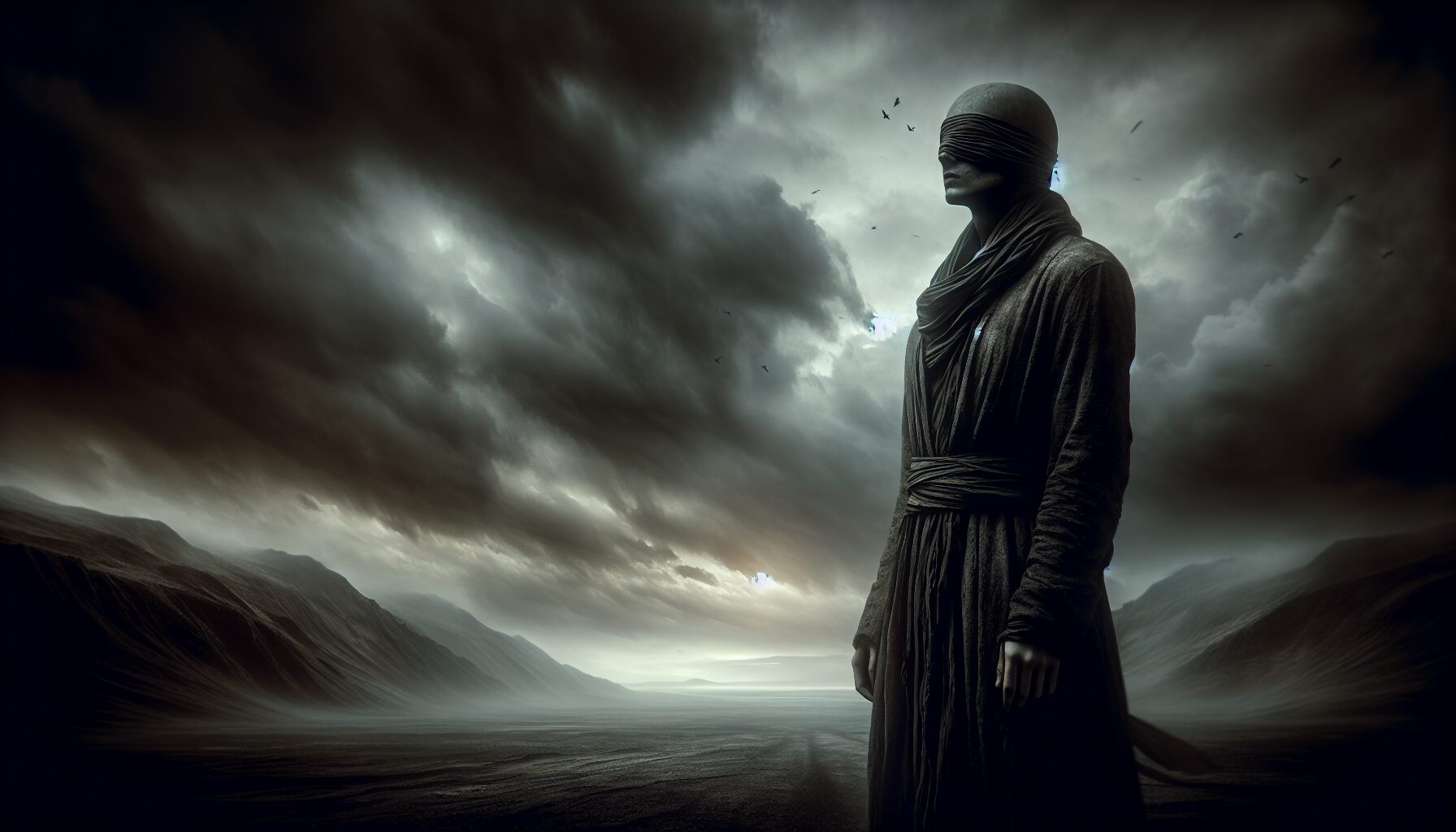In the vast tapestry of mythology and storytelling, the figure of the prophet is a recurrent and powerful archetype. Yet, nestled within this archetype is a more complex and poignant sub-variant: the silenced prophet. These figures are marked by their gift of sight coupled with an inability to change the course of the future, creating a profound narrative of foreseen yet unaltered destiny.
The Tale of Cassandra
Foremost among these silenced prophets is Cassandra, daughter of King Priam of Troy. According to myth, Cassandra was blessed with the gift of prophecy by the god Apollo. However, after she spurned his romantic advances, Apollo cursed her so that none would believe her predictions. As a result, Cassandra stands as a tragic figure; she foresaw the doom of Troy and the deceit of the Trojan Horse, but her warnings went unheeded.
“He granted her the gift of prophecy, but, when she did not return his love, condemned her to the misery of never being believed.” — (Aeschylus, The Oresteia)
The Modern Echo of This Archetype
In modern literature and film, the silenced prophet archetype persists, sometimes in abstract forms. Sybil Trelawney from J.K. Rowling’s Harry Potter series captures a shard of this archetype. Her genuine prophecies are often masked under layers of theatrics and skepticism, rendering her imparted truths largely dismissed by her peers.
Similarly, in Don’t Look Up, a satirical take on human denial and scientific dismissiveness, the characters of Dr. Randall Mindy and Kate Dibiasky embody the essence of the silenced prophet in a contemporary context. Their warnings about an impending comet strike are ridiculed and ignored by the very society they strive to save.
The Universal Appeal
Why does this archetype resonate so powerfully across cultures and epochs? The silenced prophet speaks to a fundamental human experience: the frustration of being misunderstood or dismissed despite clear vision or genuine concerns. Whether it is within personal relationships, professional environments, or societal movements, this archetype taps into the isolation felt when truth remains unacknowledged.
While the silenced prophet remains an archetype entrenched in fantasy and myth, its lessons bear relevance in the real world. In a society dominated by noise, misinformation, and skepticism, it challenges us to listen attentively and discern the prophetic voices within our own tapestry of existence.
The impending question remains: Will we heed these voiceless whispers, or will we, too, become characters in a fated tragedy, unraveling a story that was clearly told but never heard?

Leave a Reply
You must be logged in to post a comment.